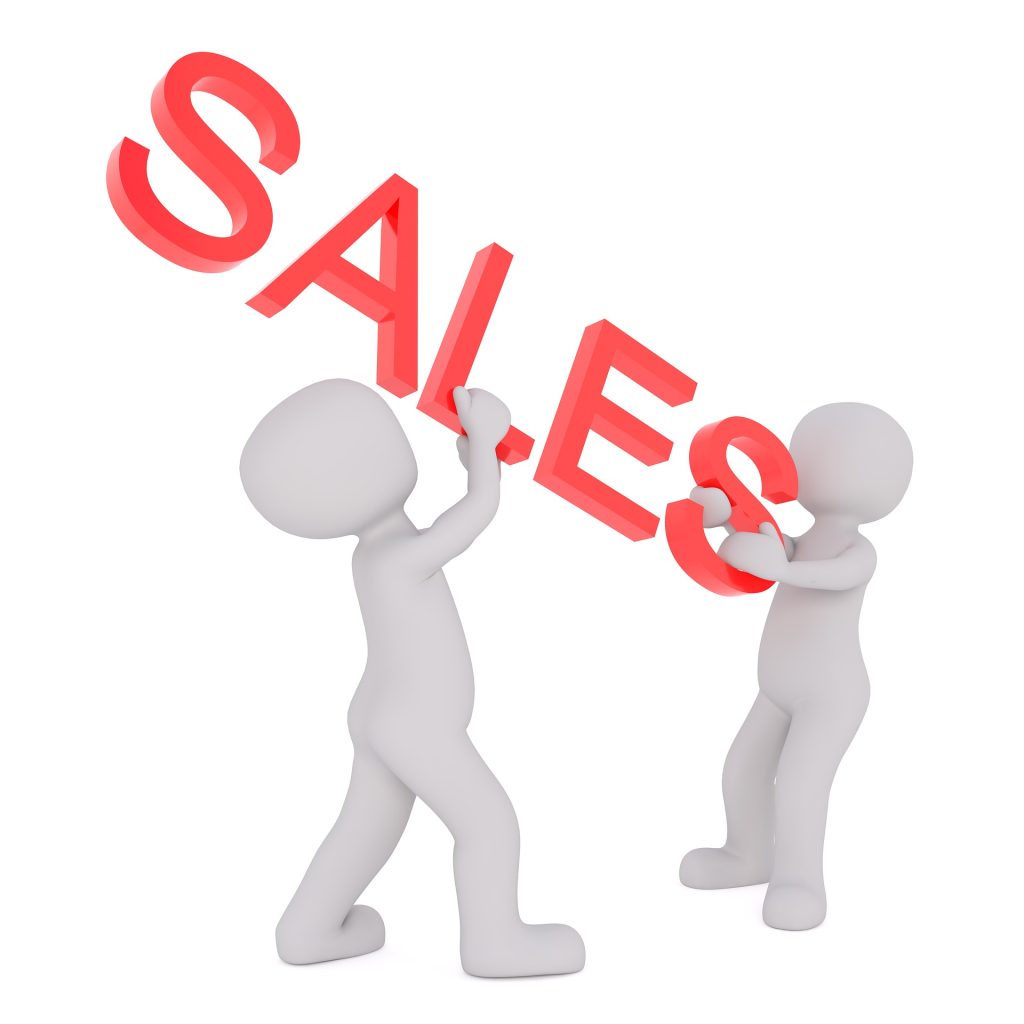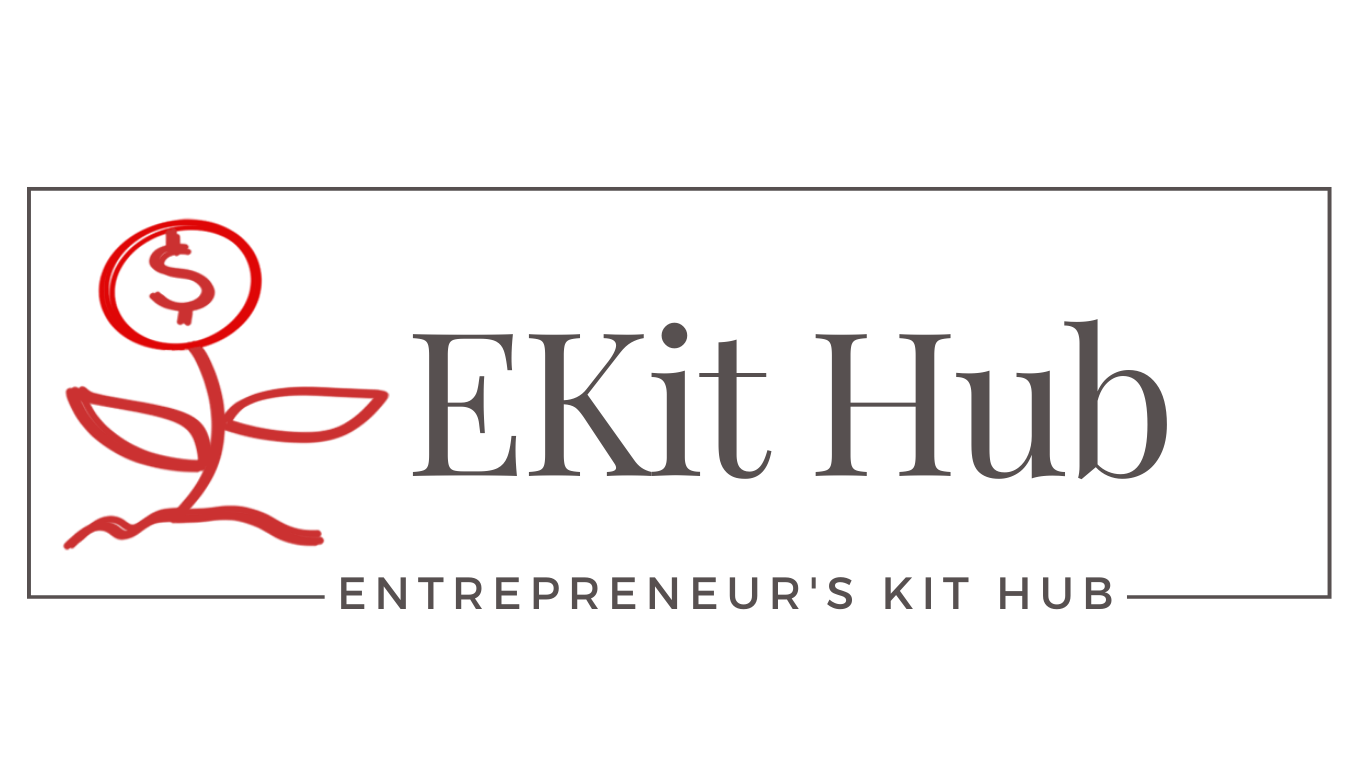
We’ve seen a lot of different sales pages during our years in business online. Some are put together well using these 10 fundamentals of a successful sales page, while others left us wondering what they were trying to sell using their ineffective sales page.
Your sales page, which is often longer than a simple product description has some of the same elements, but needs some tweaking to have a few important parts stand out. Here are 10 of those parts and how to make them stand out on your sales pages:
#1 – Headline. It’s often considered the most important part of your sales page as it should grab their attention and motivate them to start reading. A good headline has numbers included such as 30 days… or emotions such as stop letting your bills control you … or a promise like a proven approach…
#2 – Subheadline. Include a subhead that strengthens your headline. Give a little more detail with emotional words here.
#3 – Beginning paragraph. This needs to hook your reader and pull them in. Use emotion words to identify the problem the reader is facing and how they will feel from your solutions. Words like fear, embarrassing, crooked, fatigued, secure, peace of mind are just some of the emotion words used in this paragraph.
#4 – Introduction. Introduce yourself by telling your story and how it relates to the product you are selling.
#5 – Define the Problem. This needs to be another emotional paragraph or two that gets the prospect engaged and involved. Remember, people buy based on their emotions, what they are feeling at that moment. This is the time to remind them about what they’re feeling by agitating the problem some more. Go deeper into the struggles and challenges they are facing. Don’t forget that emotions can be negative or positive. Use hope and desire when it works better than fear or anger.
#6 – Offer a solution. Now you’re ready to offer them a solution to their problem. The reader is eager to know what you have to offer. Tell them what the solution is to their problem by introducing your product. Talk about the benefits (not features), the value your product offers.
#7 – Overcome objections. Anticipate some of the issues that would prevent them from buying your product and address those in this sections. Such things as their objections about price, commitment, or other objections are common themes to address.
#8 – Call to Action. A call to action is your invite for the reader to take the next step and buy your product. There are many ways to frame this, like adding in a scarcity element, such as the price will go up in so many days or there are only X number of copies available.
#9 – Closing and Signature. Keep the closing short. We like to use “To your publishing success!” Then our names and signature tagline like: “Your Partners in Easy Product Creation at EKitHub.com.”
#10 Add a P.S. Finally add a postscript P.S. as a last reminder of what they have to gain along with a link to the buy page.
We can only imagine this might sound like a lot to put on a page to sell a product but really it’s just a matter of talking to the reader and telling them how you can help them in a conversational way.
What to do Next …
If you are looking for some done-for-you products to test out your sales page writing skills, look no further than our EKits. We have packages on a variety of topics – at least one that will fit your business niche.

Using our done-for-you EKits saves spending time on creating a product to sell and more time on writing the sales page and promoting your product.
To your publishing success,

Yusef Kulan and Alice Seba
Your Partners in Easy Product Creation at EKitHub.com
